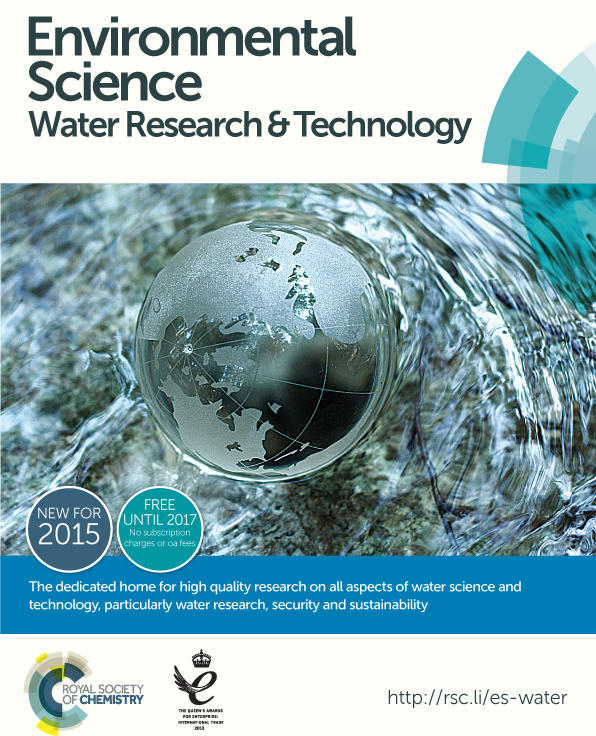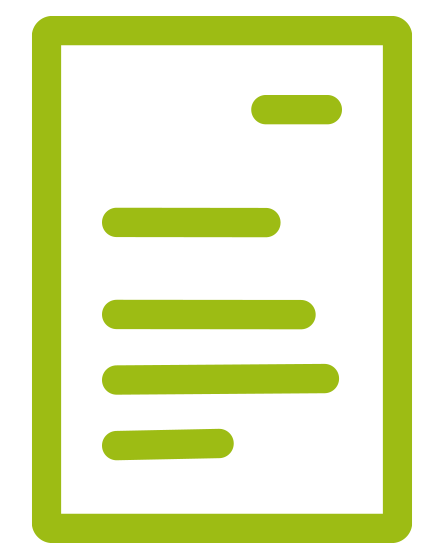- Programme area:Dimensions of Complexity of Aquatic Systems
The LOTUS initiative for open knowledge management in natural products research
Scientists integrated data about natural chemical compounds and the organisms they have been documented in, provided literature references and exposed the information both as a stand-alone database and via Wikidata.The database enables queries that relate natural chemical compounds to the taxa they have been found in and the literature documenting the evidence.
Fate of trace organic compounds in the hyporheic zone: influence of microbial metabolism
The authors investigated the influence of microbial processes on the fate of trace organic compounds in stream sediments. The study demonstrates the usefulness of the fluorescent tracer system resazurin-resorufin for determining microbial metabolism and disentangling specific reactive properties and ultimately their influence on the fate of contaminants in natural hyporheic zones.

Performance of biochars for the elimination of trace organic contaminants and metals from urban stormwater
This study combines laboratory batch and column experiments with transport modeling to assess the efficacy and longevity of biochar filters for urban stormwater treatment. Biochar can serve as cost-effective adsorbent for the removal of polar organic contaminants in urban stormwater runoff.

Spatial and seasonal patterns of water isotopes in northeastern German lakes
In course of measuring campaigns, the spatial and temporal dynamics of water isotopes in northeastern German lakes were evaluated. The data will serve as basis for further studies, for example with respect to connectivity of lakes and biochemical processes in macrophytes.
Spatial variability of radon production rates in an alluvial aquifer affects travel time estimates of groundwater originating from a losing stream
Radon in surface water is mostly used to localise and quantify groundwater discharge. The study presents the opposite approach and use radon to estimate travel times of infiltrated surface water in the aquifer. The spatial heterogeneity of radon production rates complicates this approach, but the problems can be overcome by additionally considering temperature and hydraulic heads.

Wood ash as an additive in biomass pyrolysis: effects on biochar yield, properties, and agricultural performance
Simultaneous attenuation of trace organics and change in organic matter composition in the hyporheic zone of urban streams
Wastewater still contains high amounts of trace organic compounds and organic matter after the wastewater treatment plant. These compounds are usually discharged to rivers with the treated water. The study shows that in the hyporheic zone of the river, i.e. the river sediment, degradation of trace organic compounds takes place simultaneously with a change in the composition of organic matter.
Geochemical signatures of lignite mining products in sediments downstream a fluvial-lacustrine system
The authors have investigated whether and to what extent mining products from the Lusatian mining are deposited in the sediments of the River Spree: their signature in the river bed reaches 90 kilometres.
Geochemical focusing and sequestration of manganese during eutrophication of Lake Stechlin (NE Germany)
Eutrophication of Lake Stechlin leads to changes in the sediment by an intensification of internal matter cycles. The reductive dissolution of Mn in shallow areas and the precipitation result in the fixation of Mn as rhodochrosite in the sediment below 56 m depth. Geochemical Mn focusing indicates oxygen-free conditions in deep water and can be used to reconstruct former environmental conditions.
Long-term warming destabilizes aquatic ecosystems through weakening biodiversity-mediated causal networks
Climate change destabilizes aquatic ecosystems through weakening the interactions between species richness and biomass of phytoplankton and the chemical and physical environmental factors. This is the conclusion of a study on long-term data series of 10 aquatic ecosystems using the convergent cross mapping (CCM) method.








